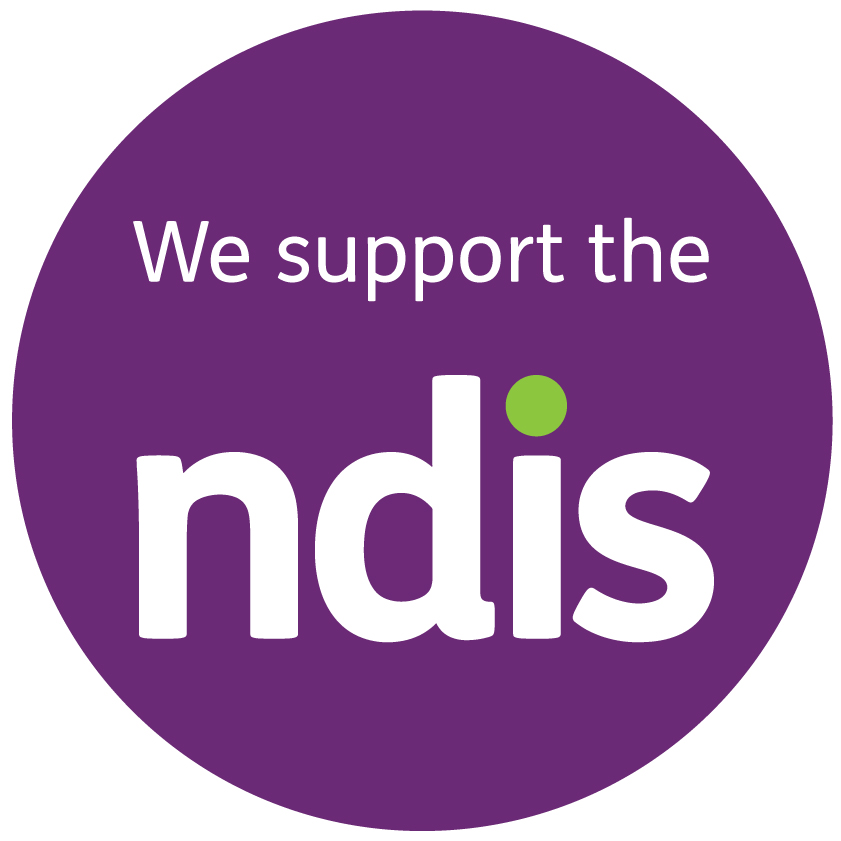
With your Form 1040, you’ll file your Schedule C, Profit and Loss from Business and your Schedule SE, Self Employment Tax. This concept has made a way for an economy that allows unmatched flexibility for both contractors and those who need things completed.

You may do your tax calculations more accurately and quickly by using tax software. There are various solutions available, including more options available for complicated tax issues and even free software for simple tax forms. Estimated quarterly tax payments are due on the same dates as self-employment tax payments (April 15th, June 15th, September 15th, and January 15th). Independent contractors have more tax leg work to do than salaried workers who receive pay from just one source.
Independent contractor taxes: An example
It’s important to keep in mind that this is just an example and your actual tax owed may vary based on your specific situation. Independent contractors can take deductions that aren’t available to others. Comprehensive coverage for your business, property, and employees. If this date falls on a weekend or holiday, the deadline will be moved to the next business day.
In fact, there are many great reviews for Keeper that shows the tool can help you do that. Depending on the kind of work you do, managing expenses may require a little more planning. I get it, it’s easy to forget about the ink cartridge you bought last minute, or the expedited shipping you paid for to make sure an order arrived in time.
What is an independent contractor?
To calculate your self-employment tax, you need to estimate your net income (total income minus eligible deductions) and multiply it by the self-employment tax rate. An independent contractor is someone who works for a client or business under a contract rather than as an employee. In other words, independent contractors are in charge of handling their tax forms for independent contractors own business expenses, client acquisition, and taxation of their earnings. The self-employment tax rate (not the income tax rate) for independent contractors is 15.3%. Of that, 12.4% goes to Social Security and 2.9% goes to Medicare. Income tax is separate and varies based, in part, on an independent contractor’s profits and losses for the year.
- Register your business to take advantage of legal and financial protections and the ability to separate your personal and work finances.
- Perhaps you earned a lot more than you originally estimated and need to set aside more for taxes.
- You might feel overwhelmed about possibly being hit with steep penalties and fees (if you miss your tax deadline, it is your responsibility to sort that out with the IRS).
- Our partners cannot pay us to guarantee favorable reviews of their products or services.
- Reviewing your documents mid-year also saves you the headache of having to go through an entire year of receipts a week before taxes are due and potentially missing deductions.
As an independent contractor, be prepared for additional tax deadlines. Now, in addition to your personal income tax deadline of April 15, you’ll also have both federal and state quarterly tax deadlines. If you’re an independent contractor, you’re required to file a tax return and pay self-employment taxes if you have net earnings of more than $400 in one tax year. Paying independent contractor taxes requires solid planning and record-keeping, but it doesn’t have to be overwhelming. Read on to learn how taxes work for independent contractors, how you file, and some important tax deductions to be aware of.





